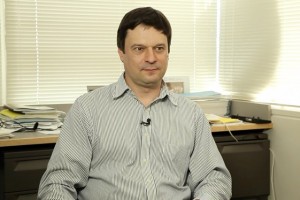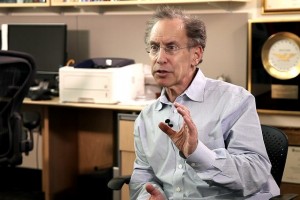Autism
Psychologist Helen Tager-Flusberg on theory of mind, comorbidity, and symptoms of autism

When we see a person, we estimate their age quite accurately. However, sometimes people look either younger or older than their actual age. One possible reason is that a person’s skin might age at a different rate compared to other organs. Aging might vary among individuals, raising the question: what should be considered the universal age?
Until recently, there were no biomarkers to conduct such research. Scientists tried various options, but it became clear that oxidative damage, telomere length, or protein aggregates did not reflect an organism’s biological age.
Everything changed in 2011 when Steve Horvath, a scientist from Los Angeles, discovered that DNA methylation could be used to determine biological age. He focused on this method because one of the four DNA nucleotides, cytosine, can be methylated. This modification is relatively stable, and millions of such sites are in the genome. Analyzing all the methylation sites showed that certain cytosines’ methylation levels correlate with biological age. While a single site is inaccurate, a mathematical model incorporating several hundred such sites can reliably determine biological age.
Other scientists studied and expanded upon Horvath’s ideas, finding that clocks could be constructed for chronological age and other characteristics. For instance, harmful phenotypic changes accumulate with age and can be used to build clocks. This led to the development of PhenoAge — phenotypic clocks.
There are also clocks focused on mortality, which consider the remaining years of life rather than the exact age of the organism. This concept resulted in GrimAge, which Horvath detailed in a paper published in 2019. These various clocks overlap but provide different insights into the biology of aging.
Additionally, we developed blood clocks. If mice are calorie-restricted, their blood clocks indicate they are younger than their chronological age. It’s long known that calorie restriction extends lifespan, and according to these clocks, it also slows aging.
Another scenario involves “turning off” the growth hormone receptor. Mice with this gene turned off age more slowly. Alternatively, if adult cells are reprogrammed into embryonic cells through Yamanaka factors, their age resets according to our clocks. Other researchers have also published clocks, and there are currently about six different epigenetic clocks for mice, built primarily for chronological age.
The idea and development of epigenetic clocks have opened a new area in the biology of aging. Scientists are now addressing questions not even studied a few years ago. We can now investigate the aging rates of different organs, determine when aging begins and its dynamics across organs, explore how aging in one organ affects another, and integrate these processes to create a unified aging model. These are entirely new directions that we have only recently started to explore.
Steve Horvath has authored over a hundred papers. In 2015, he discovered that people with Down syndrome age faster and appear older than their chronological age. Similarly, obese individuals and those with HIV age faster. Horvath also noted that the cerebellum ages more slowly than other brain regions.
This research area has grown significantly, with entire conferences dedicated to these topics. Epigenetic research is crucial because these clocks can be used in clinical trials to test life-extending interventions. Epigenetic studies can explore rejuvenation and many other fundamental processes.

Psychologist Helen Tager-Flusberg on theory of mind, comorbidity, and symptoms of autism

Harvard Assistant Prof. Alexander Gimelbrant on X-chromosome inactivation, castaneus strain, and epigenetic ...

Biomedical engineer Robert Langer on drug delivery, treating cancer, and problems of introduction of new metho...